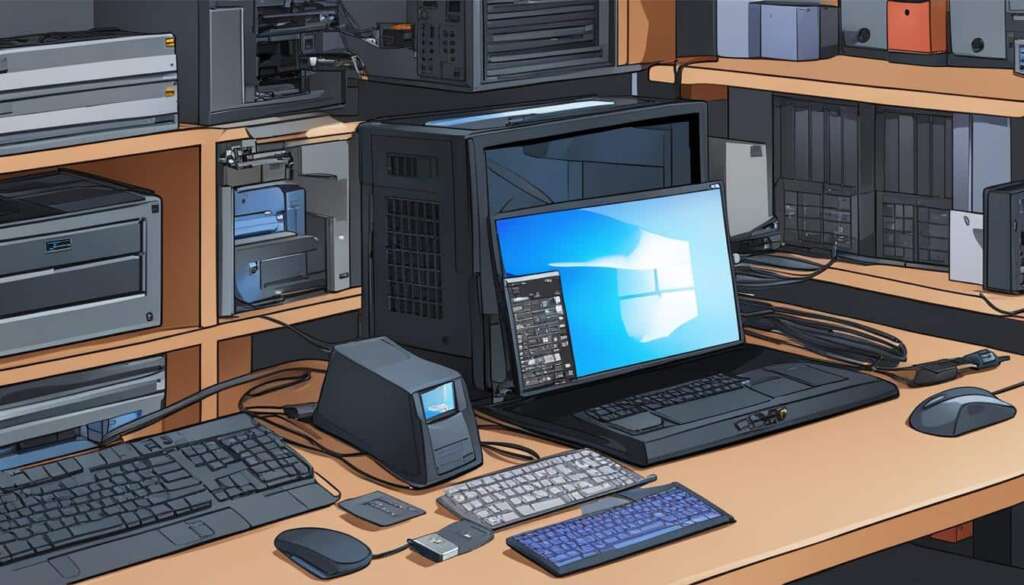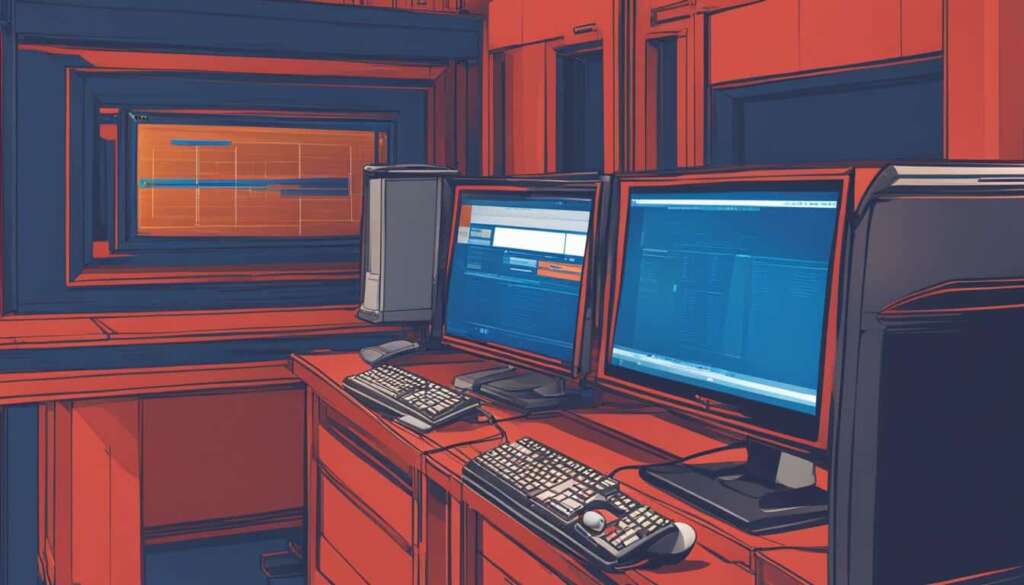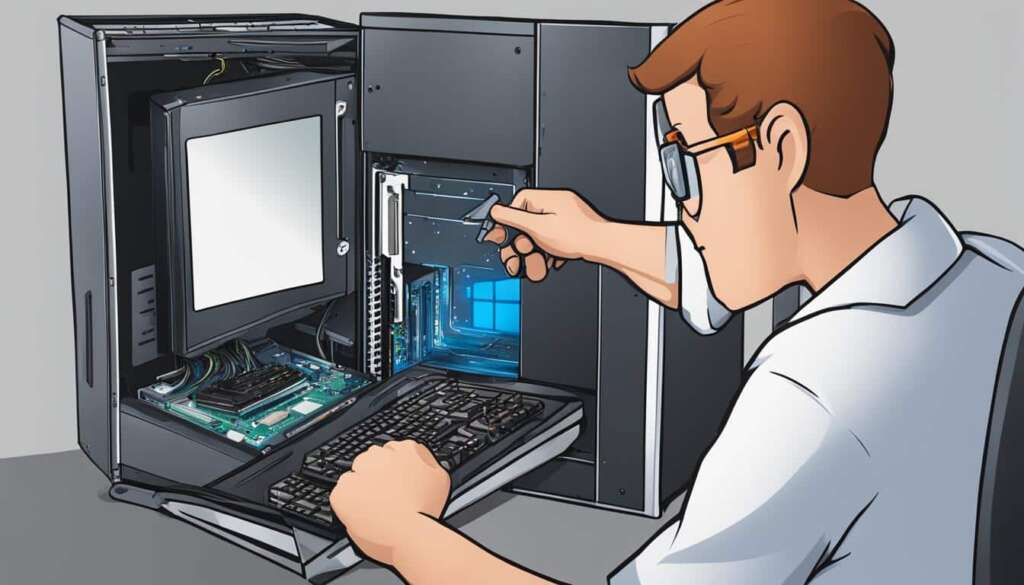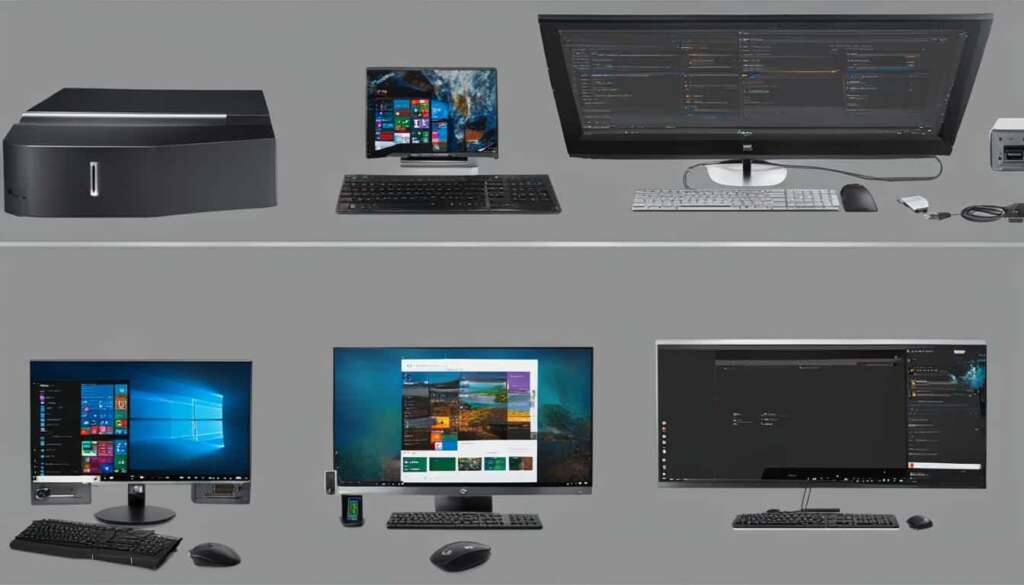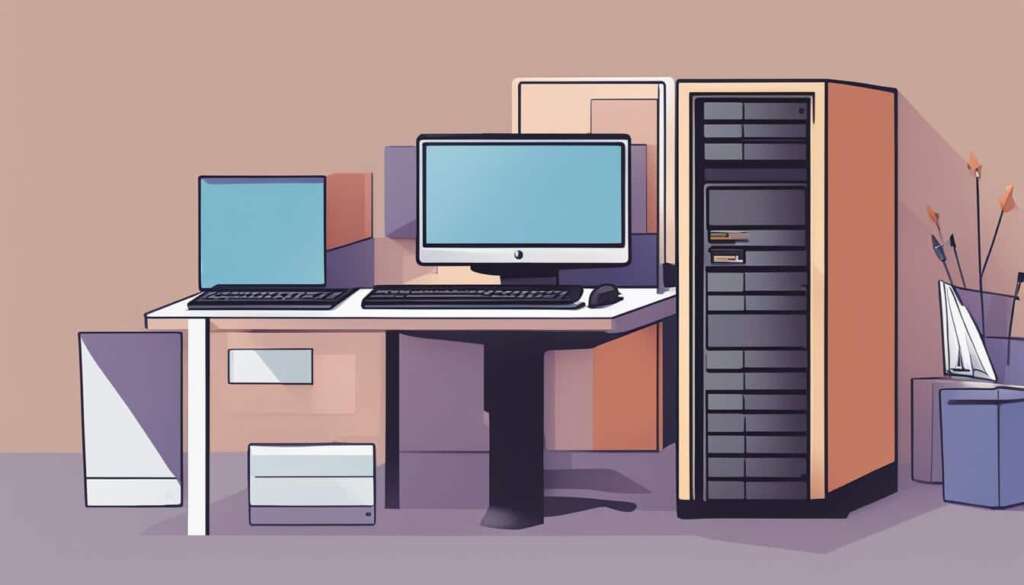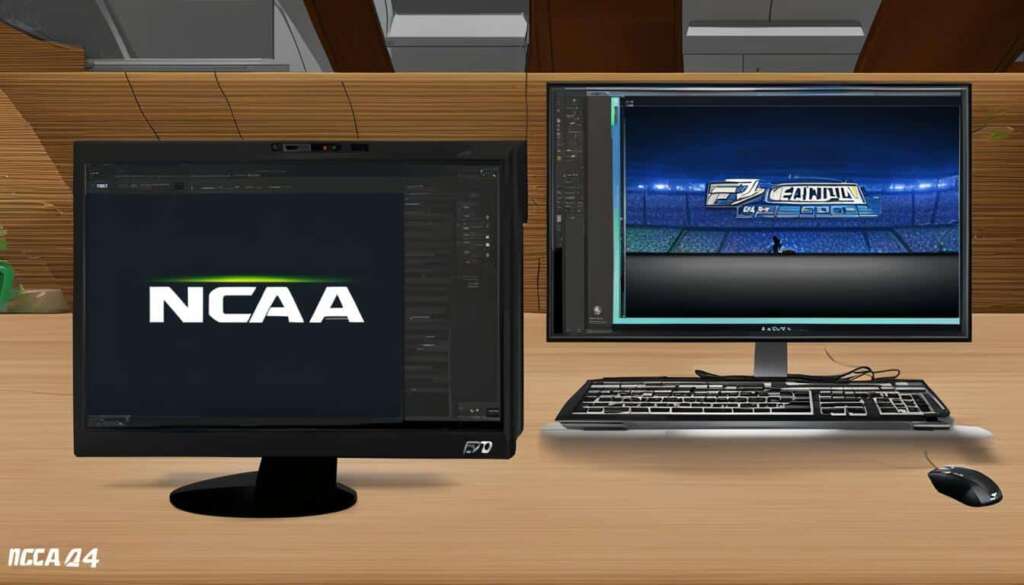Table of Contents
Installing Windows on a new PC can be a daunting task, especially if you don’t have experience with building computers. But fear not! In this guide, we’ll provide you with step-by-step instructions to make the process smooth and hassle-free. Whether you’re installing Windows 10 or Windows 11, we’ve got you covered.
To begin, you’ll need to create an installation disc or USB drive. This will serve as the medium through which you’ll install Windows on your new PC. Don’t worry; it’s easier than you think! Simply download the Windows 10 or Windows 11 media creation tool from the official Microsoft website. This tool will guide you through selecting the appropriate edition of Windows, language, and system architecture for your new PC.
Once you’ve made your selections, you can choose to create an installation disc or USB drive. If you opt for a USB drive, make sure to connect it to your new PC before proceeding to the next section.
Now that you have your installation media ready, it’s time to dive into the installation process. But before we do, we need to tweak the boot order in the BIOS settings of your new PC. This will ensure that your PC boots from the installation media.
Reboot your new PC and access the boot menu by pressing the designated key (usually F2, F8, or F12) during startup. In the boot menu, select your USB drive or installation disc as the first boot device. Be sure to save the changes and restart your PC.
With the boot order adjusted, your computer will now boot from the installation media, and you’ll be ready to install Windows on your new PC. Stay tuned for the next section, where we’ll guide you through the installation process step by step.
Creating a Windows Installation Disc or USB Drive
Before you can install Windows on your new PC, you will need to create an installation disc or USB drive. Follow these steps to create your installation media:
- Download the Windows Media Creation Tool: Visit the official Microsoft website and download the Windows 10 or Windows 11 media creation tool. This tool is essential for creating the installation disc or USB drive.
- Select Edition, Language, and Architecture: Launch the media creation tool and follow the prompts to select the edition of Windows you want to install, choose the language, and specify the system architecture of your new PC.
- Create the Installation Media: Once you have made your selections, the media creation tool offers two options: creating an installation disc or creating a bootable USB drive. Choose the option that suits your preference and click on “Next” to proceed.
- Prepare the USB Drive (if applicable): If you choose to create a bootable USB drive, make sure to plug it into your new PC before proceeding. The tool will automatically detect and prepare the USB drive for the installation process.
“Creating a Windows installation disc or USB drive is a crucial step in setting up your new PC. It allows you to easily install the operating system and ensures a smooth installation experience.”
By following these steps, you will have successfully created a Windows installation disc or USB drive to install the operating system on your new PC. In the next section, we will guide you on installing Windows on your new PC.
Installing Windows on a New PC
Now that you have created your installation disc or USB drive, it’s time to install Windows on your new PC. To begin the installation process, you’ll need to change the boot order in the BIOS settings. This ensures that your computer prioritizes the installation media and starts the Windows installation.
To get started, restart your PC and access the boot menu by pressing the designated key, which is usually F2, F8, or F12, during startup. This key varies depending on your computer’s manufacturer. Once you’re in the boot menu, choose the USB drive or installation disc as the first boot device. Remember to save the changes before exiting the BIOS.
After saving the changes, restart your PC. As it boots up, your computer will now recognize the installation media and initiate the Windows installation process. Follow the on-screen instructions to proceed with the installation, including selecting the appropriate language, keyboard layout, and edition of Windows.
During the installation, you will be prompted to enter the product key. This is a unique alphanumeric code that verifies the authenticity of your Windows copy. Enter the product key when prompted and continue with the installation process. Once the installation is complete, Windows will be installed on your new PC.
FAQ
How do I create a Windows installation disc or USB drive?
To create a Windows installation disc or USB drive, you will need to download the Windows 10 or Windows 11 media creation tool from the official Microsoft website. This tool will guide you through the process of selecting the edition of Windows, language, and system architecture for your new PC. Once you have downloaded the tool and selected the appropriate options, you can choose to create an installation disc or USB drive. If you choose a USB drive, make sure to plug it into your new PC before proceeding to the next section.
How do I install Windows on my new PC?
To install Windows on your new PC, you will first need to change the boot order in BIOS to prioritize the installation media. Restart your PC and access the boot menu by pressing the designated key (usually F2, F8, or F12) during startup. In the boot menu, select your USB drive or installation disc as the first boot device. Save the changes and restart your PC. Your computer will now boot from the installation media.
What do I do after changing the boot order in BIOS?
After changing the boot order in BIOS, your computer will boot from the Windows installation media. Follow the on-screen instructions to proceed with the installation. You may be prompted to enter your product key, so make sure to have it handy. Once the installation is complete, your new PC will be running on Windows.

